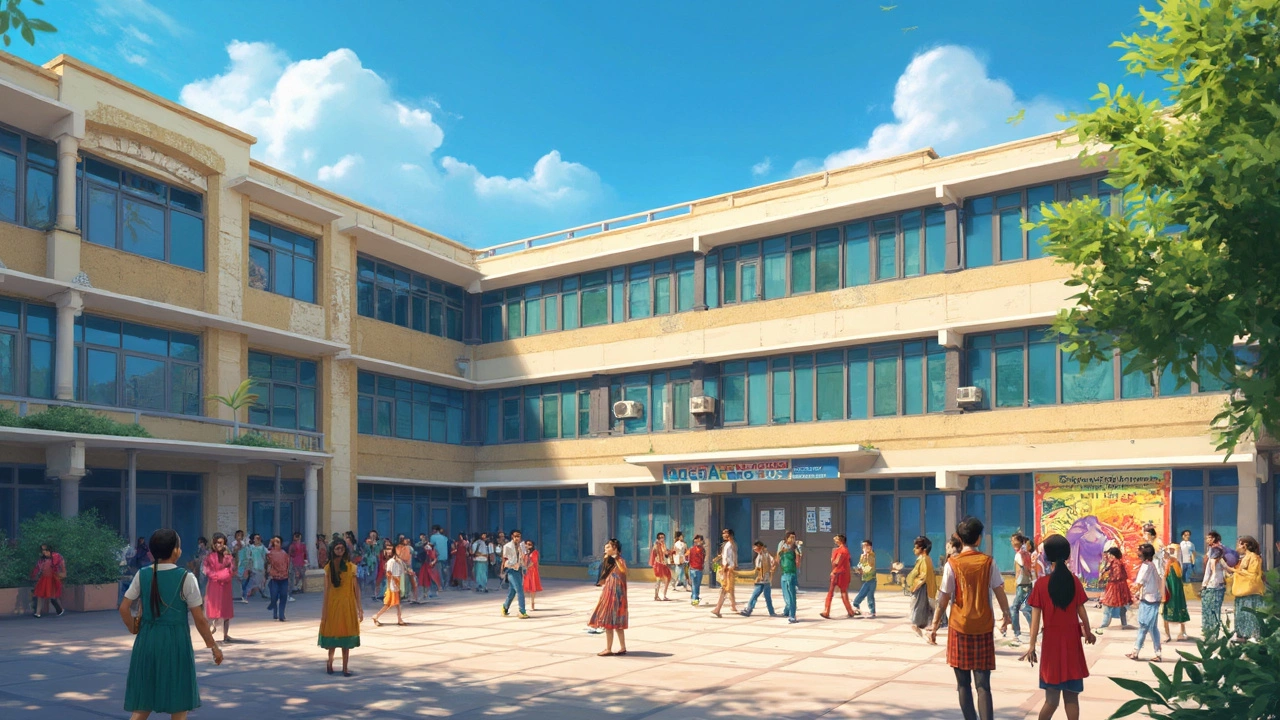School Building: Design, Codes, and What Makes Them Safe and Smart
When we talk about a school building, a structure designed specifically for educational use, often subject to stricter safety and accessibility standards than residential or general commercial buildings. Also known as educational facility, it isn’t just a place for classrooms—it’s built to handle hundreds of kids daily, meet fire safety rules, and survive extreme weather, all while staying within budget. Unlike a house or an office, a school building has to balance learning space, safety, durability, and cost—all at once.
That’s why commercial construction, the process of building structures for business or public use, including schools, hospitals, and retail spaces. Also known as non-residential construction, it follows different rules than building a home applies here. School buildings fall under commercial construction because they serve the public, not private families. That means they must follow the International Building Code, a set of standardized rules used across the U.S. and adopted in many countries to ensure structural safety, fire protection, and accessibility. Also known as IBC, it dictates everything from stair width to fire-rated walls. For example, most school buildings must use Type I or Type II construction—meaning steel or concrete frames—because they need to resist fire longer than wood-framed homes. You won’t find Type V (wood-frame) schools in most states, not because it’s cheaper, but because it’s unsafe for large groups of children.
Materials matter too. A school building isn’t just about strength—it’s about air quality, noise control, and ease of cleaning. Low-VOC paints, acoustic ceiling tiles, and durable flooring aren’t luxury upgrades; they’re requirements. And while you might see a new home with mold problems from rushed construction, a school? That’s not an option. Inspectors check ventilation systems, moisture barriers, and even the placement of HVAC units to make sure kids aren’t breathing in damp air. Budgets are tight, but safety isn’t negotiable.
What you’ll find in this collection are real breakdowns of how these buildings are put together—why some use tilt-up concrete, how fire codes shape hallway layouts, and why a simple renovation can cost more than you think. You’ll see how building codes like Type C or Type 5 construction apply to schools, what happens when you try to cut corners, and how modern designs are making classrooms healthier and smarter. No fluff. Just what works—and what doesn’t—when you’re building a place where safety isn’t optional.
Is a School Building Considered Commercial or Industrial Construction?
Ever wondered if a school is a commercial or industrial building? This article breaks down why schools usually fall under commercial construction, explains the differences between commercial and industrial buildings, and covers what this means for safety codes, permits, and maintenance. We also call out key things builders and school leaders need to think about before starting a project. If you're confused by the building world lingo, you're not alone—let's get clear on what counts.
Learn more...